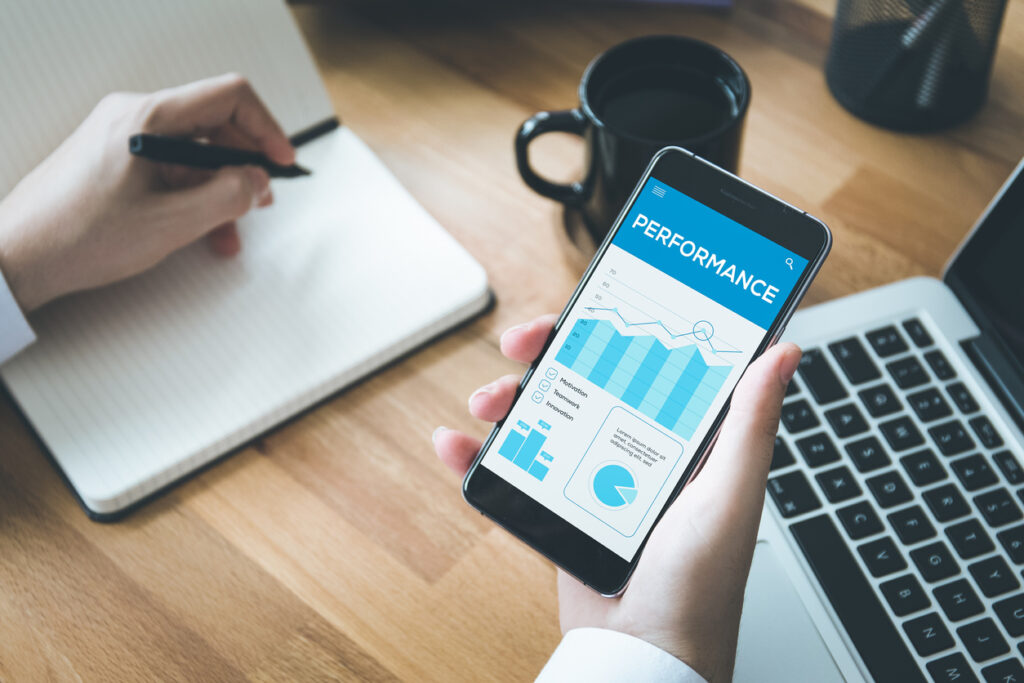Improving business and individual performance isn’t just about training. It’s time for L&D professionals to provide more value and start thinking in terms of performance and capabilities development.
Learning and development professionals around the world have become more ambitious and forward thinking in recent years, but many practitioners lack the necessary capabilities to drive growth and bring about tangible business success to their organisation, according to a Chartered Institute of Personnel and Development (CIPD) research report.
Although organisations are increasingly investing in developing their L&D capabilities, more than 50% say they aren’t expecting to change their focus towards learning technology, e-learning, content development and analytics.
This is largely evident from the fact that although more L&D professionals want to boost performance and productivity, a mere 53% of them feel they have more options than course-based learning when it comes to building performance and capability.
Ruth Stuart, research adviser at CIPD, said: “It’s very interesting how, as L&D professionals, we constantly champion the importance of staying ahead of the game in terms of skills and capabilities, but don’t take our own advice.
“In this volatile work environment we need to be agile, adaptive and ambidextrous to drive performance and stay relevant, aligning our work to the wider business.
“In order to do this, we need to ensure that the correct L&D resources, roles and capabilities are in place. A clear line of sight is therefore key, as is being clear on vision and purpose and ensuring all resources are deployed innovatively and effectively.”
More focus on performance and capability
Many practicing L&D professionals echo these thoughts and recognise that there has been a shift in focus in terms of learning outcomes versus the real-world business expectations and demands. Indeed, this idea has been widely popularised by Josh Bersin.
Today, organisations want to address the more pressing issues of performance and capability, in order to meet their present as well as future needs. Unfortunately, traditional e-learning programmes are falling short when it comes to delivering the desired performance enhancement.
Many organisations still perceive training as their first and last resort towards performance improvement, and expect glorious results.
The learning industry as a whole is abuzz about how L&D needs to venture beyond traditional methods and actually help individuals and organisations with their career progression and business growth respectively.
Although some learning professionals might argue that they deliver real value through ‘learning’ and help people grow, unfortunately in today’s highly demanding business environment, this just isn’t enough.
Becoming an active contributor
Certain factions of the L&D practitioner community are already on board with the change.
Recent research from the CIPD clearly suggests a shift in the L&D function, going from just training delivery towards a robust performance consulting methodology. This calls for L&D professionals to not only be problem solvers but also problem identifiers, and work in tandem with organisational leaders to identify clear and present opportunities to drive performance.
Unfortunately, many organisations still perceive training as their first and last resort towards performance improvement, and expect glorious results.
It’s time for organisations to take a long, hard look at their L&D and determine whether their training programmes are really delivering results, regardless of their popularity.
L&D can no longer be a support function – it needs to be an active contributor towards delivering performance and capability through renewed approaches, which will most likely become targeted as well as collaborative and easily measurable.
Making the shift towards performance and capability
According to McKinsey & Company, building performance and capability remain key strategic tasks globally, with many organisations agreeing that they are prioritising this to give them a competitive edge, help satisfy increasing customer demands and build credible L&D strategies.
The real need of the hour, then, is ‘performance and capability’, which is about helping individuals perform at their best levels today, while ensuring the future-readiness of the organisation’s skilled workforce.
Performance and capability comes with its own set of methods, activities, measures and analytics that help learning professionals move away or build upon the learning element.
Learning is most effective when it is applied, and L&D needs to help employees in the face of real-world challenges and likewise deliver learning resources to bridge the skills gaps.
The shift is not just in terms of training programmes, but also applies to learning technology. LMSs today are more than just learning systems or platforms, but are part of a larger learning ecosystem that is focused on delivering engagement and productivity.
“It’s clear that L&D professionals have higher expectations than ever before, aligning themselves with wider business needs and accumulating more responsibility,” says Laura Overton, Founder and former-CEO of Towards Maturity.
“This makes it imperative that we stop and reflect on our own L&D first if we are to adapt and evolve to the changing contexts of work, and the way we support individual and organisational performance.
“The challenge is how to focus our roles and shape our own professional development to make sure we are future-ready. We need to first identify all internal and external factors influencing L&D roles, and consider what’s driving the change.
“We then need to self-reflect and assess whether there is a healthy mix of roles in the L&D function, before deciding which changes we need to make to drive performance in our individual organisations.”
Advice for leadership teams
To make the most of their performance and capabilities development work, organisations also need to identify and formalise newer approaches towards continuously improving capabilities.
According to the McKinsey's findings, 40% of successful organisations surveyed said their HR and other business functions co-own learning, reporting a further structured approach towards building tools, measures and procedures to sustain capability building.
Furthermore, it also suggested that metrics and analytics are a must-have for sustaining the process of building capabilities in the long term, with over half the surveyed organisations saying they evaluate employees’ skills acquisition in learning programmes with their individual performances.
Here are a few ways in which L&D leaders can focus on performance and capability development:
- Learning is most effective when it is applied, and L&D needs to help employees in the face of real-world challenges and likewise deliver learning resources to bridge the skills gaps.
- L&D needs to reach its learners more effectively (not just in term of technology- mobile, desktop, on-the-go etc.) and more actively through a consistent analysis of the modern learners’ learning behaviour.
- L&D should leverage learning technology (LMSs) that is capable of helping it get closer to the learners and their work, in order to help them solve real-world problems for the clients.
- Performance and capability development calls for a consistent analysis of what solutions learners are looking for to maximise their performance. Without maximum participation and engagement, L&D is bound to remain a support function and thus incapable of having a direct impact on either performance or capability.
Organisations are bound to improve performance and build capabilities (both of the organisation itself and the individuals within it) when they analyse and identify what that will most impact the business.
Such objective analysis will also help organisations identify the likely financial impact of such capability gaps. L&D professionals can then build effective learning programmes that connect learning results with business impact.
In conclusion, building performance and capability needs to be sustainable, and to do that, L&D must align its objectives with business goals.
This alignment can only be achieved when L&D and individual business functions work together towards training and upskilling, and then incorporating the results of learning into performance management.
Interested in this topic? Read Why you should be using performance consulting to address performance and capability gaps.











